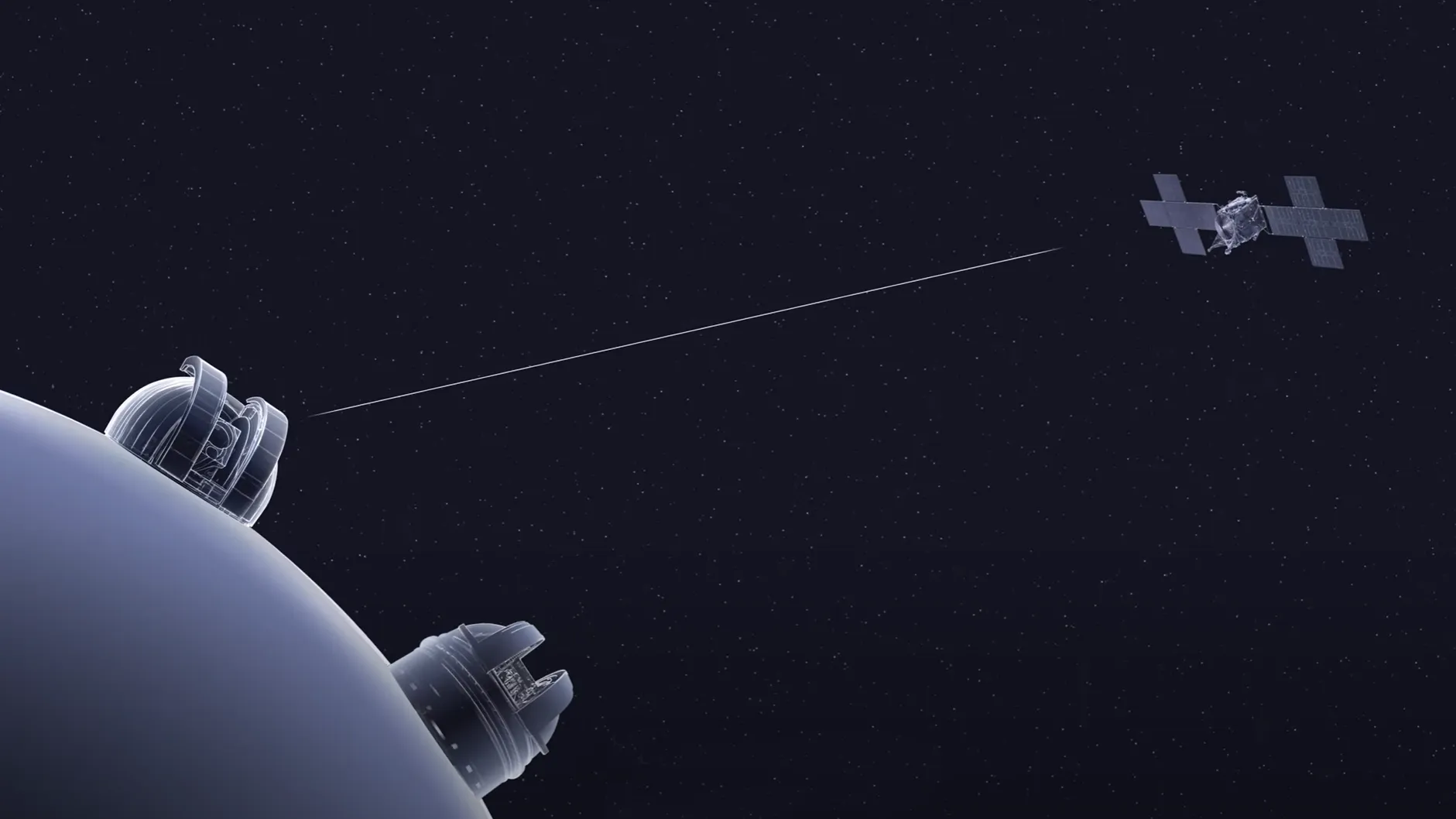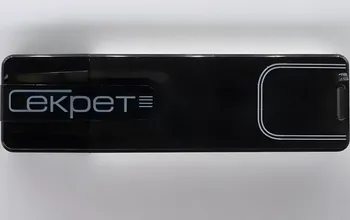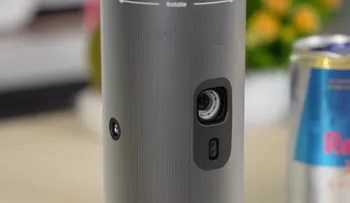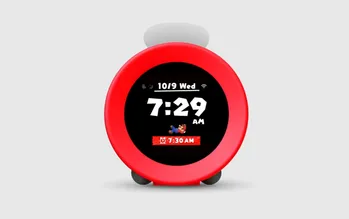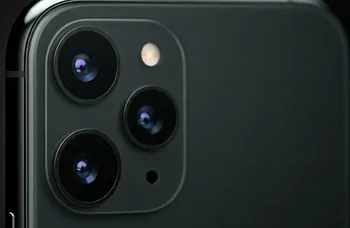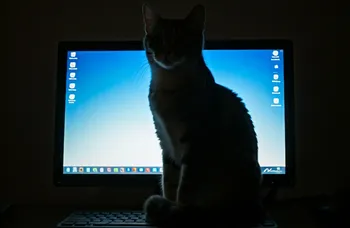NASA's demonstration technology, Deep Space Optical Communications, has set a new record for laser communication, sending a signal from Earth to the spacecraft Psyche, located 460 million kilometers away. This distance corresponds to the distance between Earth and Mars when they are farthest apart.
On July 29, the demonstration completed its first phase of operation since its launch on board Psyche on October 13, 2023.
"This is a significant milestone. Laser communication requires a very high level of precision, and before the launch of Psyche, we didn't know how much performance degradation we would see at the farthest distances. Now, the methods we use for tracking and pointing have been proven to be reliable and transformative for studying the Solar System," said Mira Srinivasan, project lead at NASA's Jet Propulsion Laboratory (JPL) in Southern California.
The Deep Space Optical Communications experiment, conducted by JPL, consists of a laser transmitter and two ground stations. The Hale Telescope with a 5-meter aperture at the Palomar Observatory in Caltech, California, serves as the downlink station, which transmits data from space to the laser receiver. The JPL Optical Communication Laboratory in Stow, California, serves as the uplink station, capable of transmitting 7 kilowatts of laser power to receive data from the transmitter.
By transmitting data at a speed 100 times faster than radio frequencies, lasers can ensure the transmission of complex scientific information, as well as high-resolution images and videos, which are necessary for supporting Martian missions with astronauts.
Currently, Psyche, using an ion engine for acceleration, continues its journey towards the metal-rich asteroid in the main asteroid belt between Mars and Jupiter.
Even when Psyche was located about 53 million kilometers away, which is comparable to the distance during Mars' approach to Earth, the technology could transmit data at a maximum speed of 267 megabits per second. This speed of data transmission is close to the speed of loading a high-speed broadband internet.
On June 24, when Psyche was about 240 million miles (390 million kilometers) from Earth - more than 21⁄2 times the distance between Earth and the Sun - the project achieved a reliable downlink data transmission speed of 6.25 megabits per second with a maximum speed of 8.3 megabits per second. Although this speed is significantly lower than the maximum speed of the experiment, it is significantly higher than what a radio frequency system using comparable power can achieve at such a distance.
The goal of Deep Space Optical Communications is to demonstrate a technology that can reliably transmit data at higher speeds than other space communication technologies, such as radio frequency systems. In pursuit of this goal, the project has been able to test data sets such as high-resolution artistic works, engineering data from Psyche. For example, one of the transmitted files included digital versions of the Psyche-inspired artwork from the University of Arizona, images of the team's pets, and a 45-second video of ultra-high-resolution video and footage of Earth and space.
"The main goal of the system was to prove that the speed of data transmission decreases inversely proportional to the square of the distance. We have achieved this goal and transmitted huge amounts of test data to the spacecraft Psyche and from it using a laser," said Abi Biswas, a technology specialist on the demonstration project at JPL. Almost 11 terabits of data were transmitted in the first phase of the demonstration.
Currently, the onboard receiver's power is off, it will be turned on again on November 4. This event will prove that the onboard equipment can operate for at least a year.
"We will turn on the laser receiver and conduct a short check of its functionality. Once this is achieved, we will be able to operate the receiver at its full design capabilities during the post-connection phase, which will begin later this year," said Ken Andrews, the project's lead flight operations manager at JPL.
This experiment is a significant step in the development of space communication technologies that are necessary for future NASA missions, including the Mars mission. Deep Space Optical Communications can provide faster and more reliable communication between spacecraft and Earth, allowing for the transmission of more data and high-resolution images.
The Deep Space Optical Communications experiment will continue for the next few months, the NASA team plans to continue testing and improving this technology.


